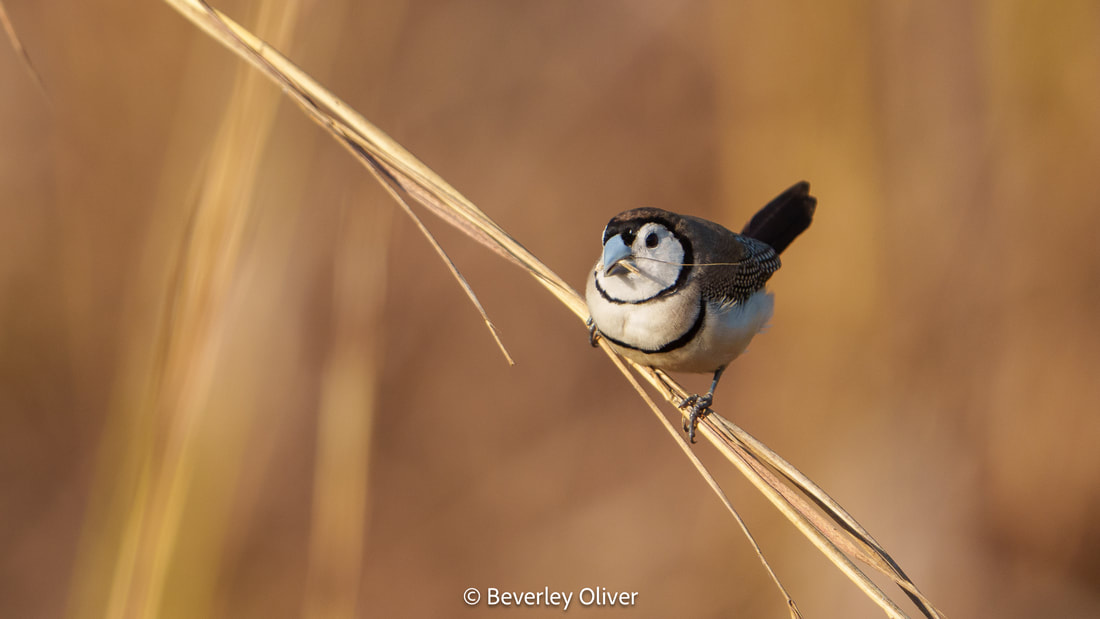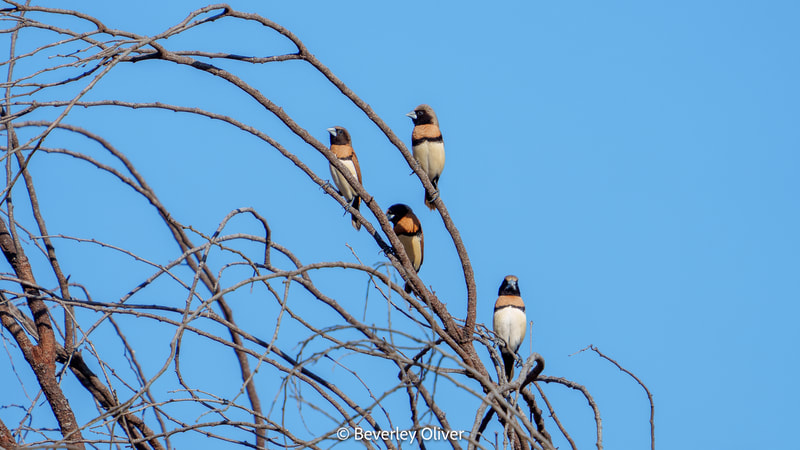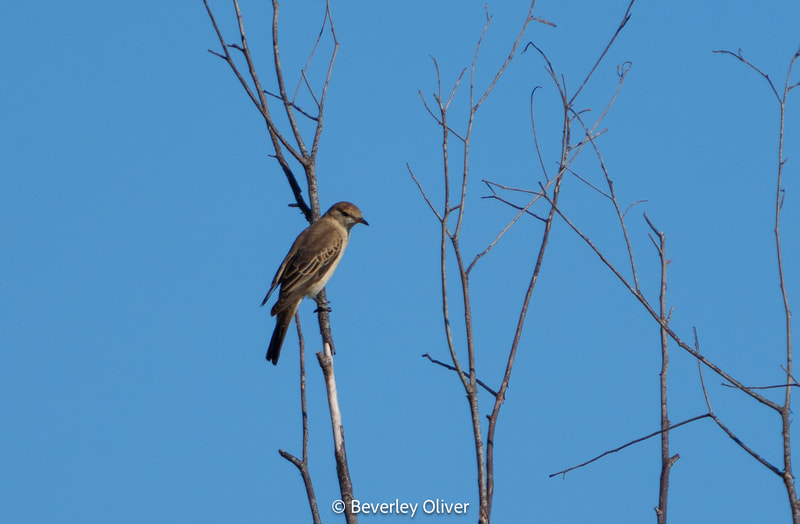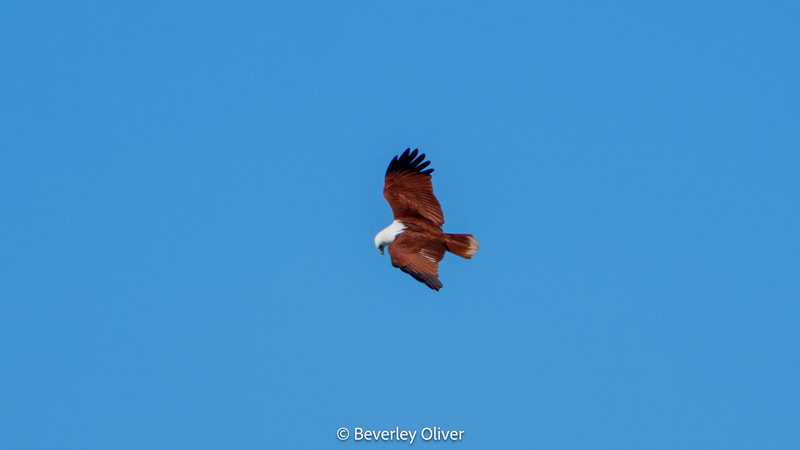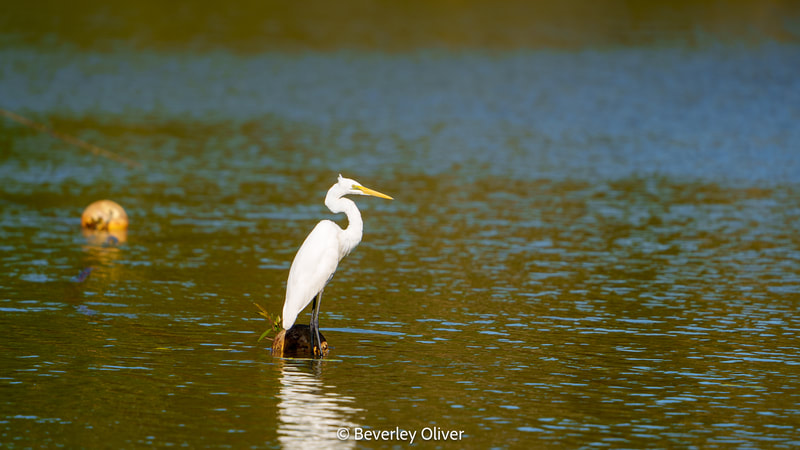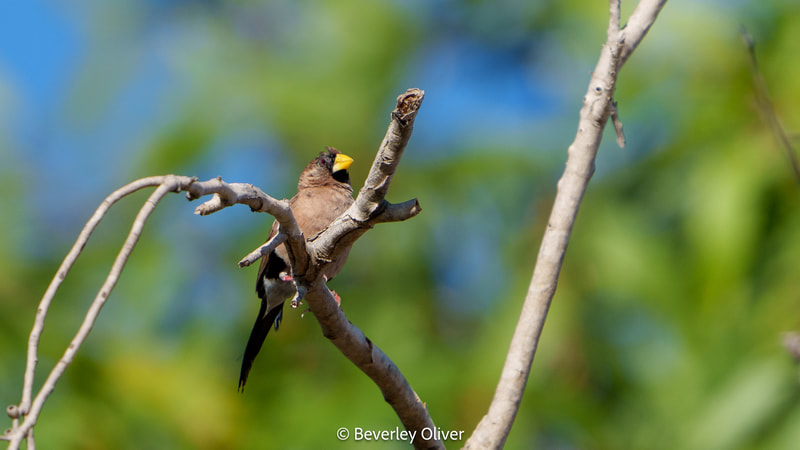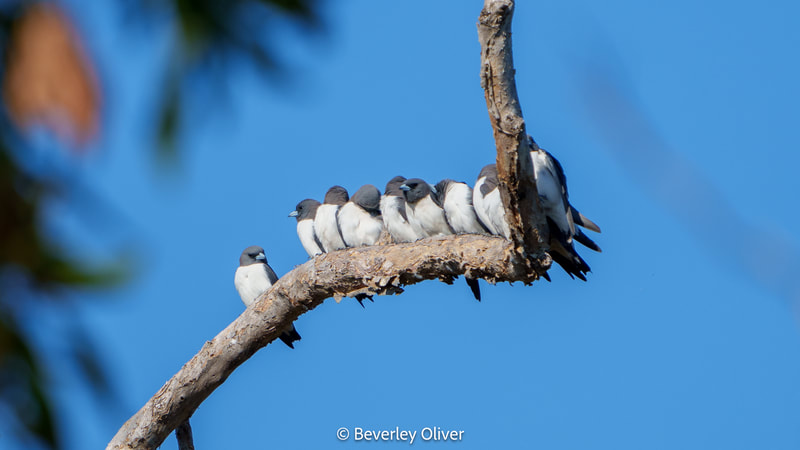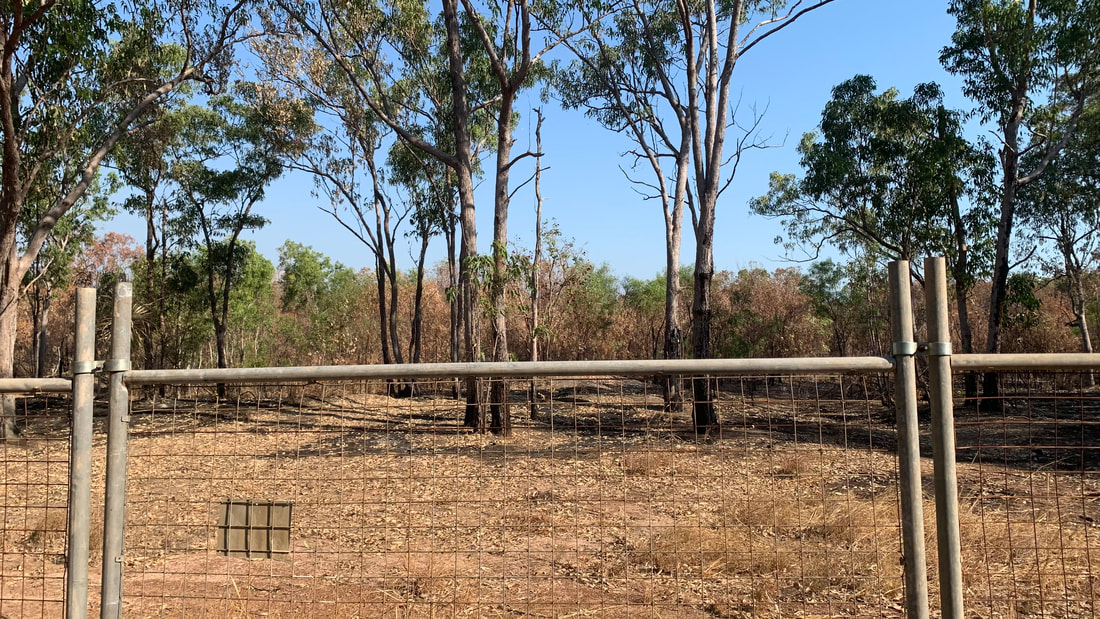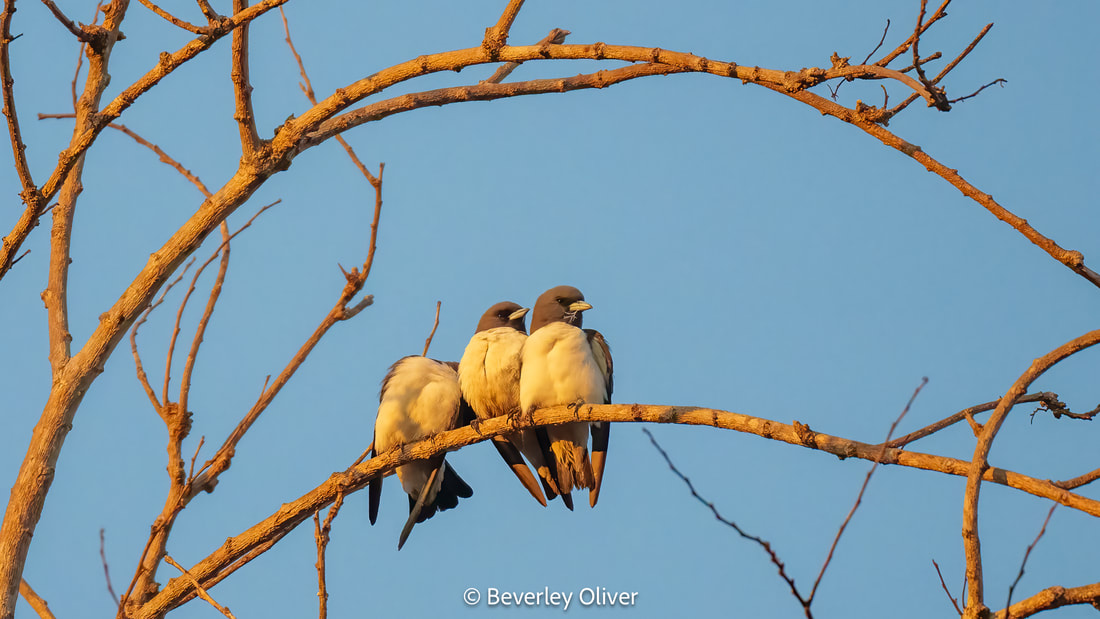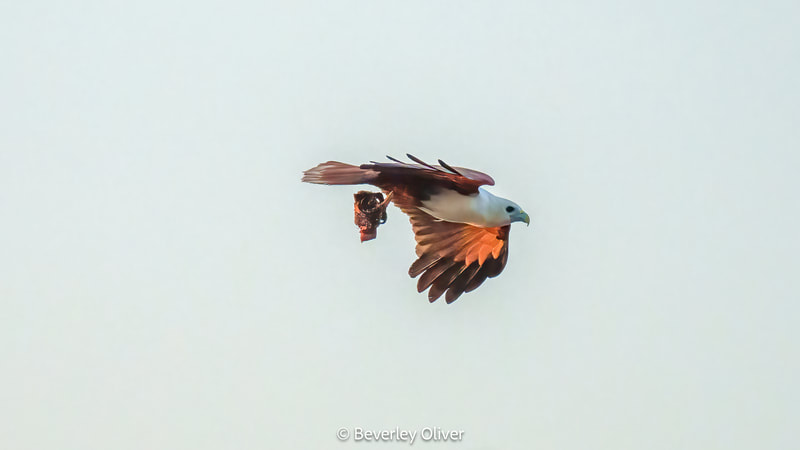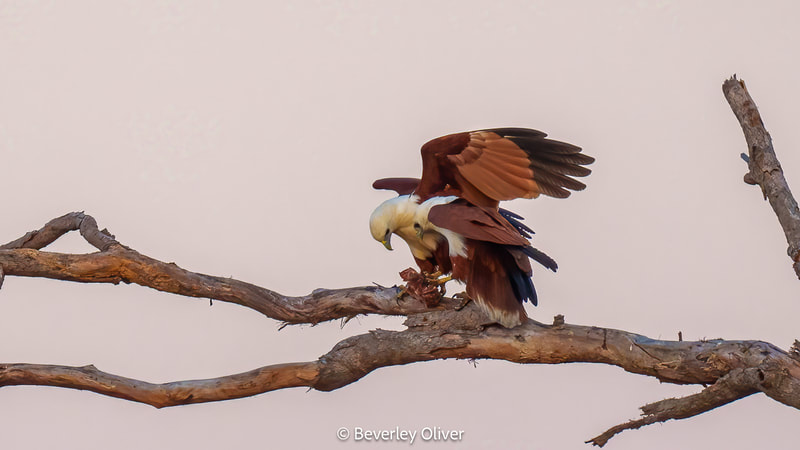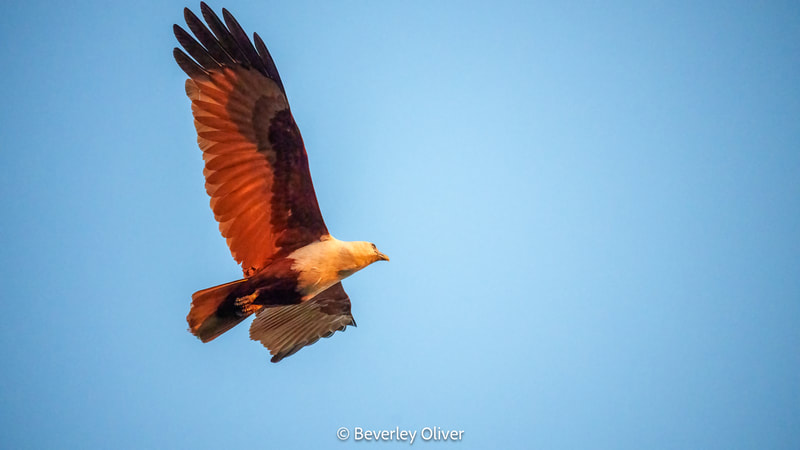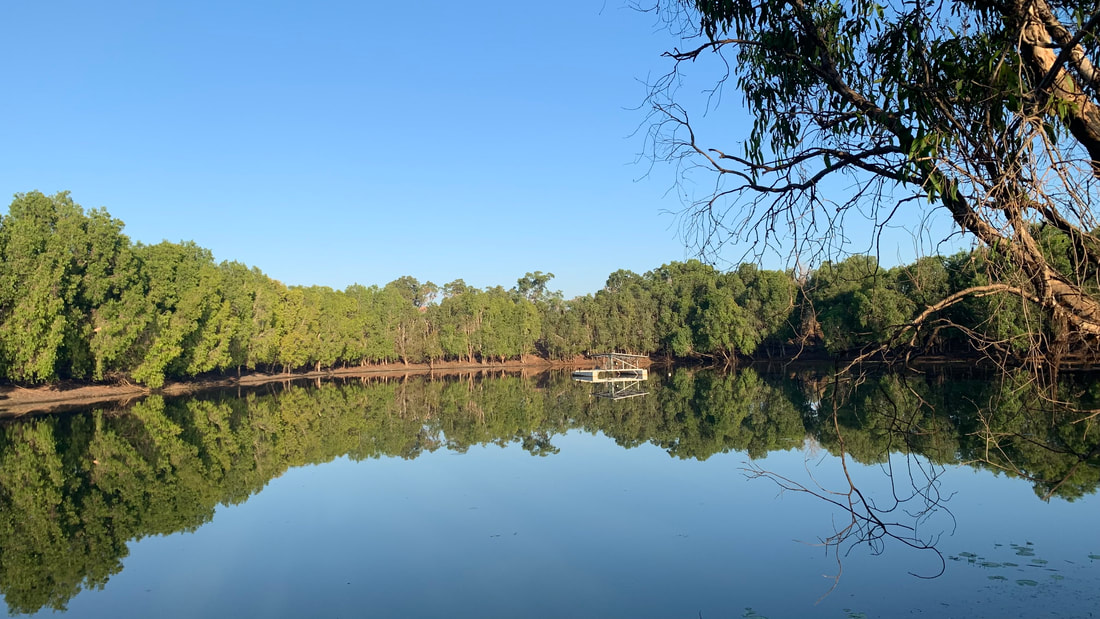|
We've been hearing about Lee Point, and the threat from land clearing, from afar, but while we were in Darwin, we thought we'd take a look for ourselves. It truly looks like a bird Mecca worth defending.
We had come to the Territory for a fortnight, and the main attraction was a birding tour (Finch Frenzy) with NT Bird Specialists (more on that shortly). But we had a spare day early in the piece, so we hired a car and headed off to see Lee Point for ourselves. We already knew that land clearing has been paused - for now! Those fighting for the cause seem well-organised, and we found plenty of evidence of their presence at the entrance area next to the caravan park. No-one was in attendance when we arrived, but there are organised walks on several days of the weeks, and a birding tour from interstate was underway when we arrived mid-morning. The walk into the area is along a bitumen path along the side of the caravan park, all fenced off on the bush side with copious warnings about trespassing, until you reach a junction. This is where the bird action really kicked off for us. Because just beyond that junction is the Lee Point dam, an oasis surrounded by trees and grasses, all buzzing with birds! On that first morning visit, even though it was mid-morning by the time we had collected our hire car, the place was just going off with finches - chestnut-breasted mannikins, crimsons and double-barred finches - as well as flycatchers and honeyeaters. Black kites and (gasp!) Brahminy kites wheeled overhead (as did planes from a nearby airstrip). We also visited the nearby Buffalo Creek that day, but just before our car hire expired, we scooted back for another look at that Lee Point dam. Once again, there was so much activity, even though it was mid-afternoon, and very hot. Fast forward a fortnight, and now much more familiar with Territorian bird species, we made one final visit to Lee Point. At this stage, we were in a rented motorhome and had booked in to the Lee Point Village Resort (caravan park) for our last night in Darwin. Once again, we made a bee line for the dam. We were shocked to learn that the bush adjacent to the walk in had been burnt out just days before. Given the controversies afoot over land clearing, our inner conspiracy theorists went into overdrive - but we have no real idea what happened or why. Best to ask the locals. Once again we made our way into that gorgeous dam - this time it was very quiet. We feared the worst - that the fire had ripped through and the birds had gone. Thank goodness we were wrong. We met a local bird photographer who reassured us that sometimes it just was quiet. Phew! Snuggling white-breasted wood swallows reassured us even more. We spent a very pleasant evening camping next door - the evening was balmy, and we enjoyed alfresco dining. We had an ensuite site which meant we had our own individual bathroom and laundry. The amenities were dated but clean, and we found the park very pleasant. But here's the thing: there were plenty of birds around in the fading light that evening, including this pair of frisky red-collared lorikeets. Even better, a pair of Brahminy kites live out the back of the caravan park, and were wheeling about with an unidentified price catch. They called well into the night - this is clearly their patch. It was particularly spectacular when they flew into the golden light of the setting sun. Early next morning, we made our final quick visit to the dam and surrounds before heading for the airport. Those finches were well and truly back, feeding in the grasses. No Gouldians (luckily we saw them elsewhere), but plenty of crimsons, masked and double-barred finches, as well as honeyeaters and bee-eaters. Here are some of our favourites from that morning. Now we feel we have a better appreciation of what the locals are fighting for in saving Lee Point - to us, it certainly seems worth fighting for.
Comments
|
SUBSCRIBETo get blog updates, signup when the form appears on screen, or contact us. We'll contact you about once a month with an update. To find a blog about a bird or a place, use this search bar, or check out our Google map.
Archives
September 2023
|
